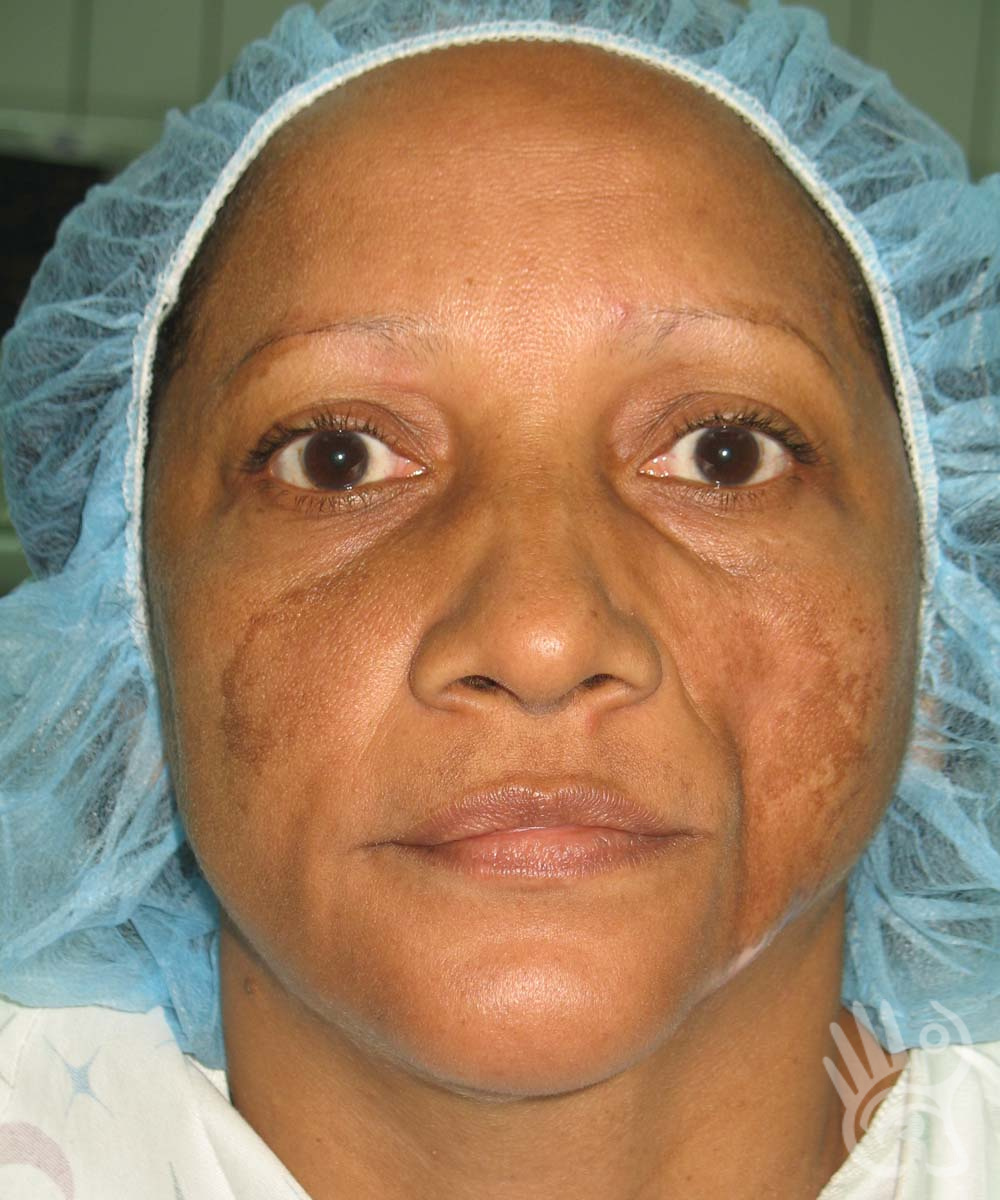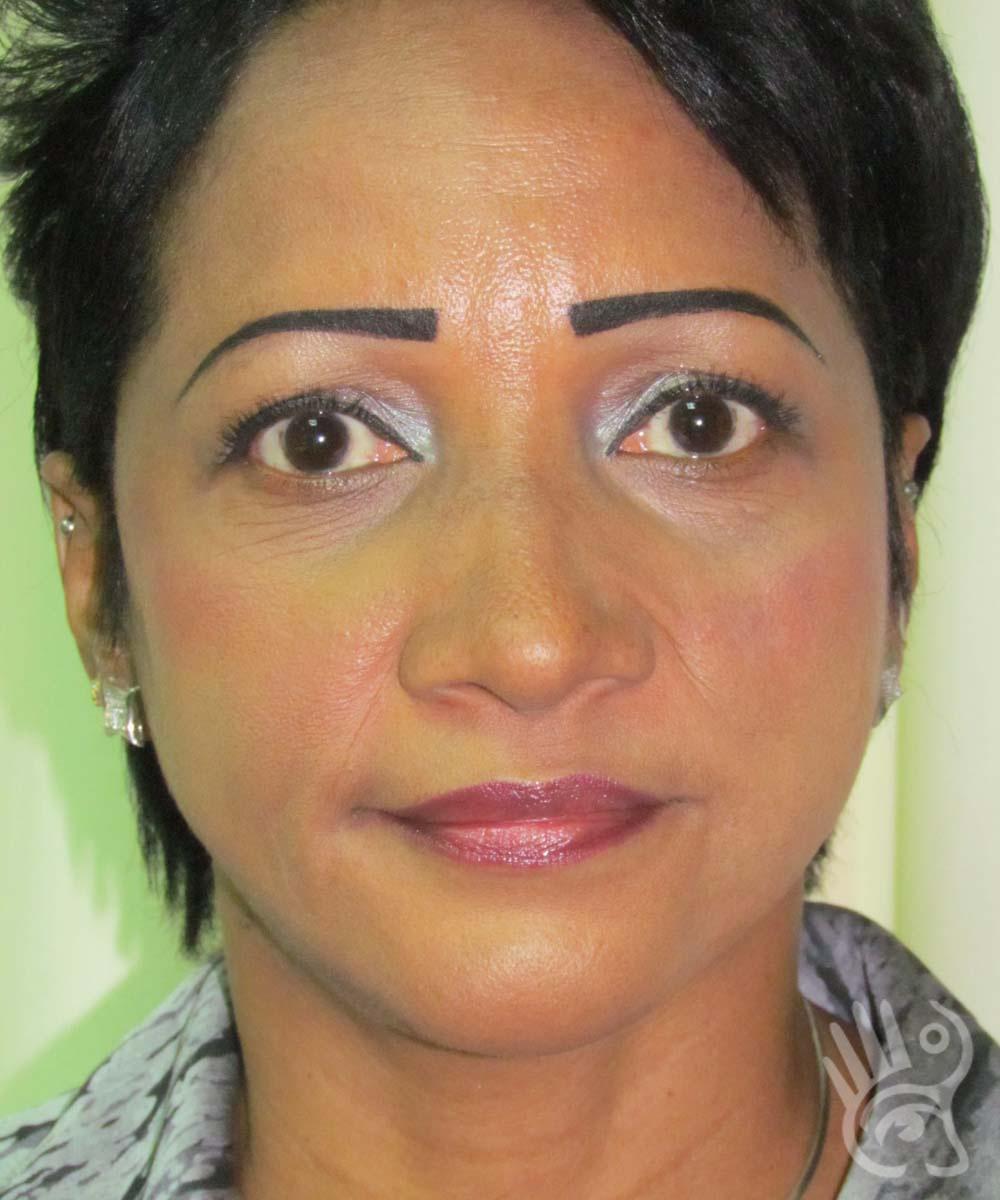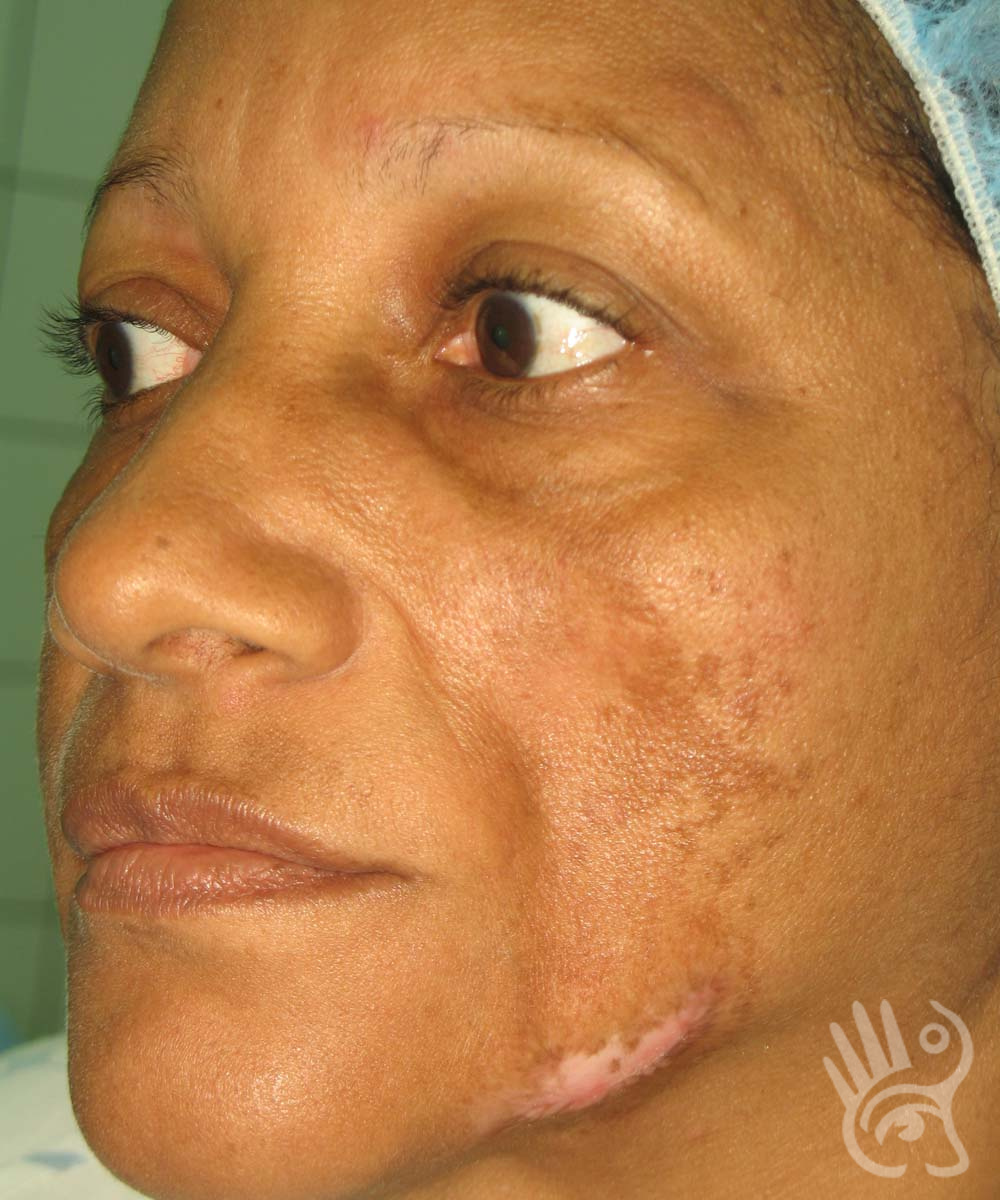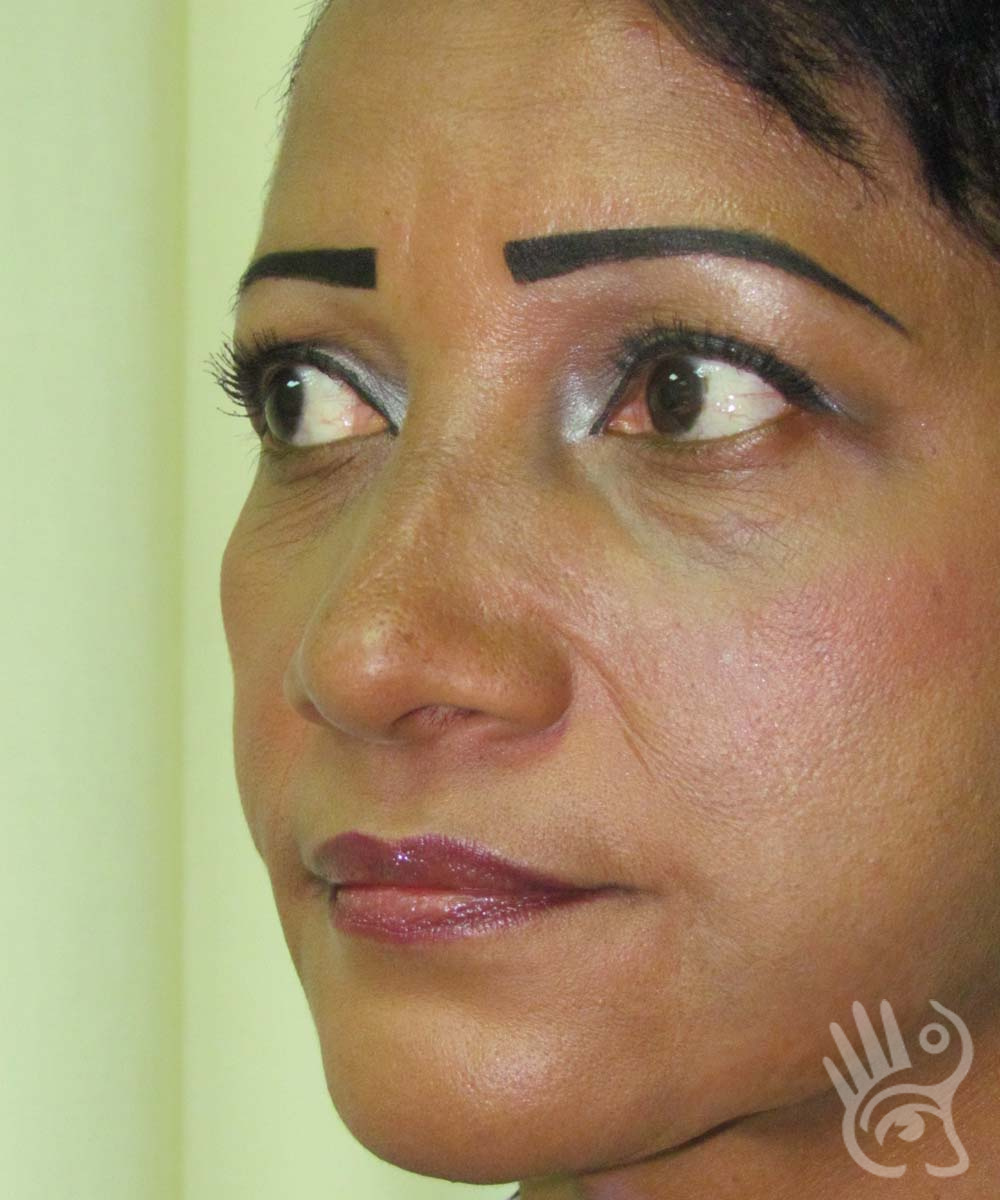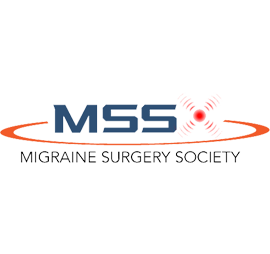Aging, disease, weight loss and hereditary factors can cause local volume loss in the face. Injecting synthetic fillers to replace the volume where it is lost is often effective (see fillers). Permanent fillers run the risk of tissue reaction and subsequent formation of nodules. Temporary fillers are safe, but have the disadvantage of being temporary. Lipofilling is an effective, safe and durable way to add volume to the face. Lipofilling is a technique whereby fat cells are harvested, processed and transferred elsewhere in the body. Using thin cannulas, the harvested fat cells are injected through small puncture holes. Because it is the body’s own tissue rejection and encapsulation does not occur. There are many applications for lipofilling such as for the face, breasts, buttocks, and dents in the body. Besides fat cells there are also stem cell that are aspirated with liposuction. Due to these stem cells the effect of lipofilling induces a softening of tissue like in scars, trauma, burns or after radiation.
